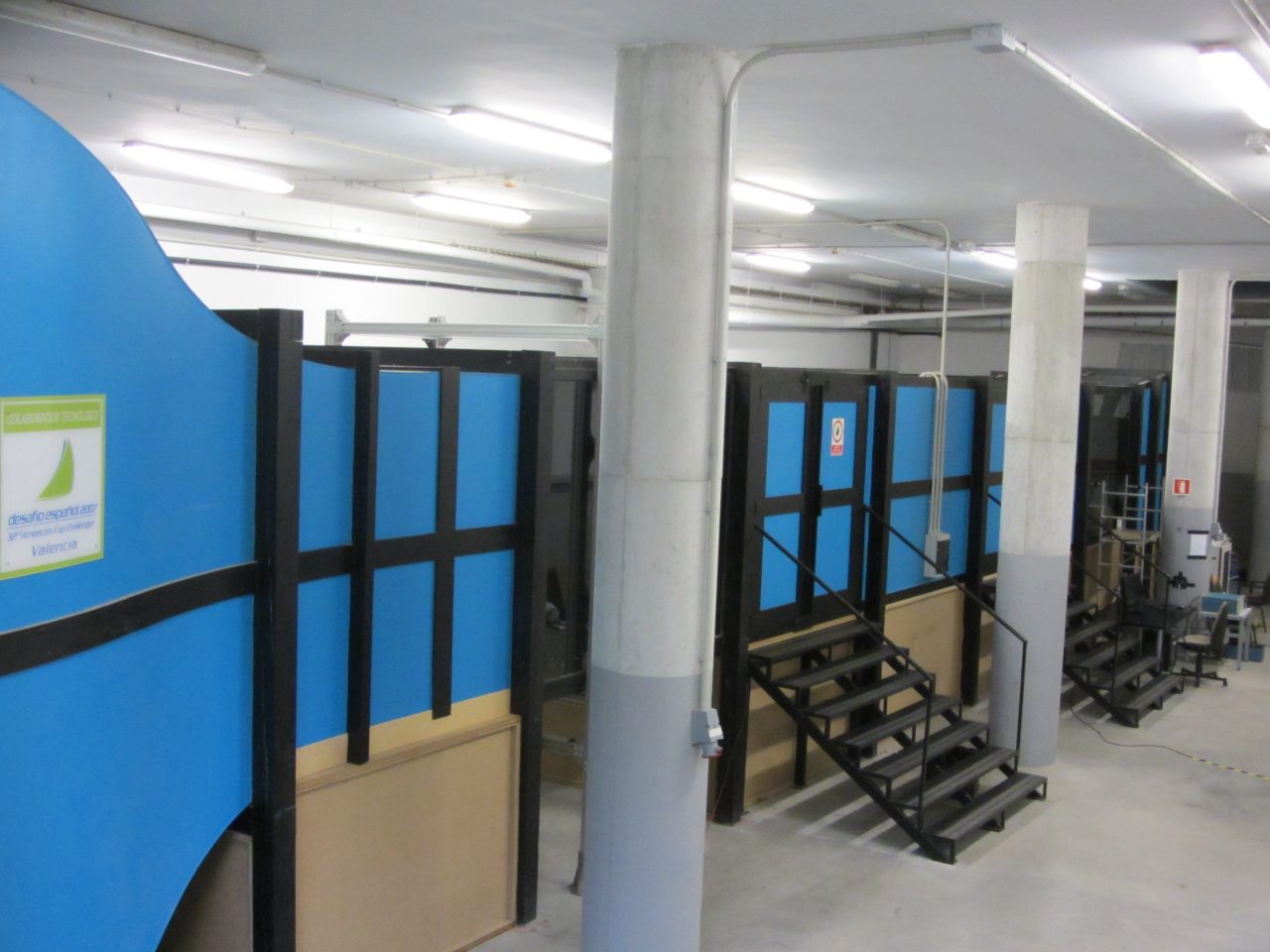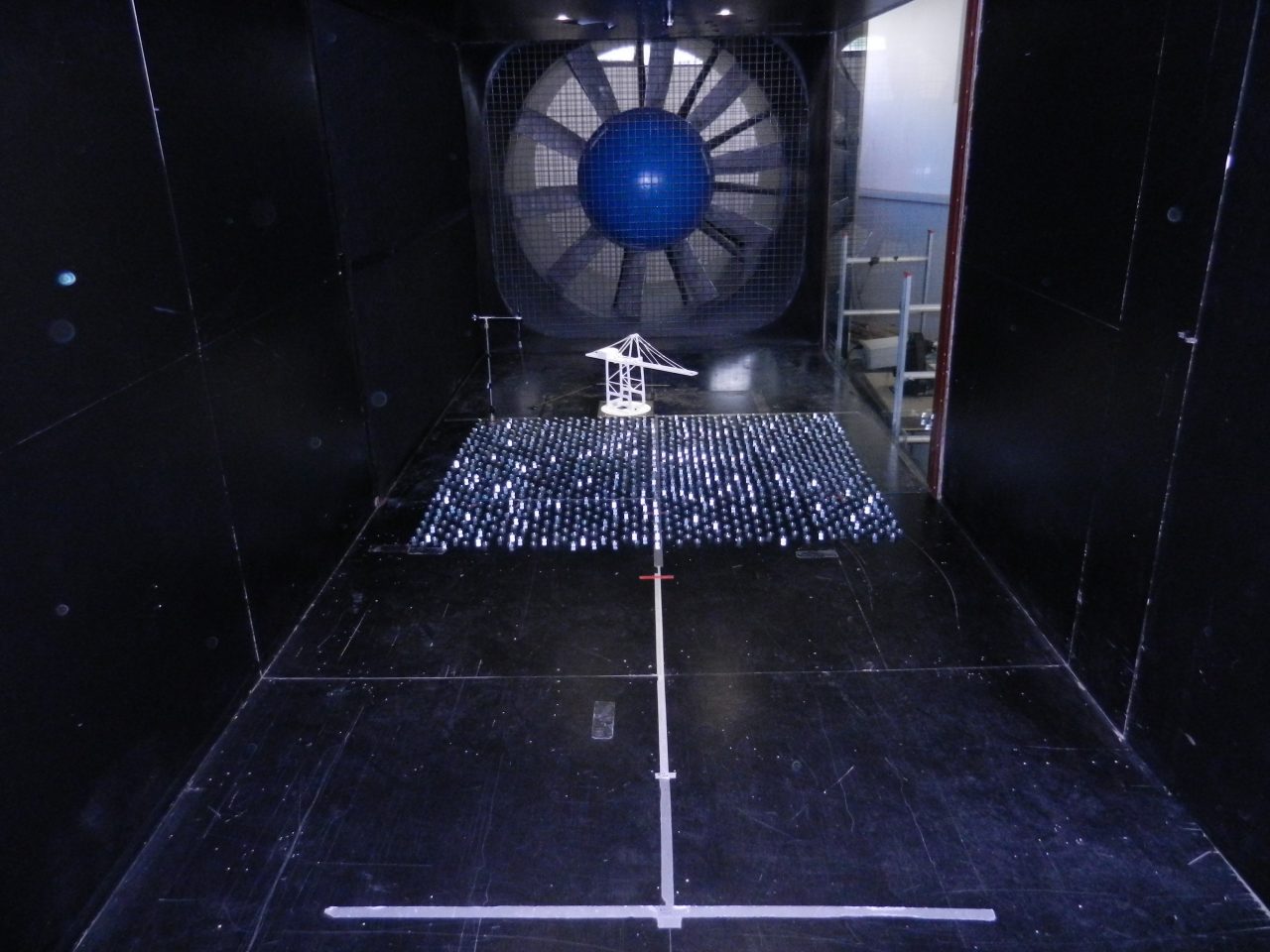- Physical modeling of wind-structure interaction, including wind energy generation devices, eolian sediment transport and aerodynamics.
- Analysis of coastal processes and morphodynamics by means of numerical modeling, field measurements and data analysis techniques.
- Working with nature solution including uncertainty analysis and sustainable management approaches.
- Assessment of the impact of human interventions (i.e. river damming, hard-engineering or dredging, among others) on coastal systems.
Wind section


Boundary Layer Wind Tunnel I
This facility was the first Boundary Layer Wind Tunnel built in Spain. It is designed for simulating neutral atmospheric boundary layer flows past surface objects and dedicated to the studies of the behavior of the interaction between wind and different structures inside the atmospheric boundary layer, for instance, buildings, windmills, dunes, heliostats, among others. It can also be dedicated to aerodynamic tests.
The tunnel has an overall length of 25 m. It is an open-return type tunnel, composed of six sections: an entrance section, a flow development section, a contraction section, a test section, a diffuser section and a – kW DC motor and fan. Wind speeds within the tunnel can reach up to 80 km/h.
The test section is 15 m long, 2.15 m high and 1.8 m wide in the cross-section. In the test section, a three dimensional probe positioning mechanism provides fast and accurate sensor placement.


Boundary Layer Wind Tunnel II
This facility is a Wind Tunnel I replica on a scale of 1:5. It is used for educational purposes and small scale research.

